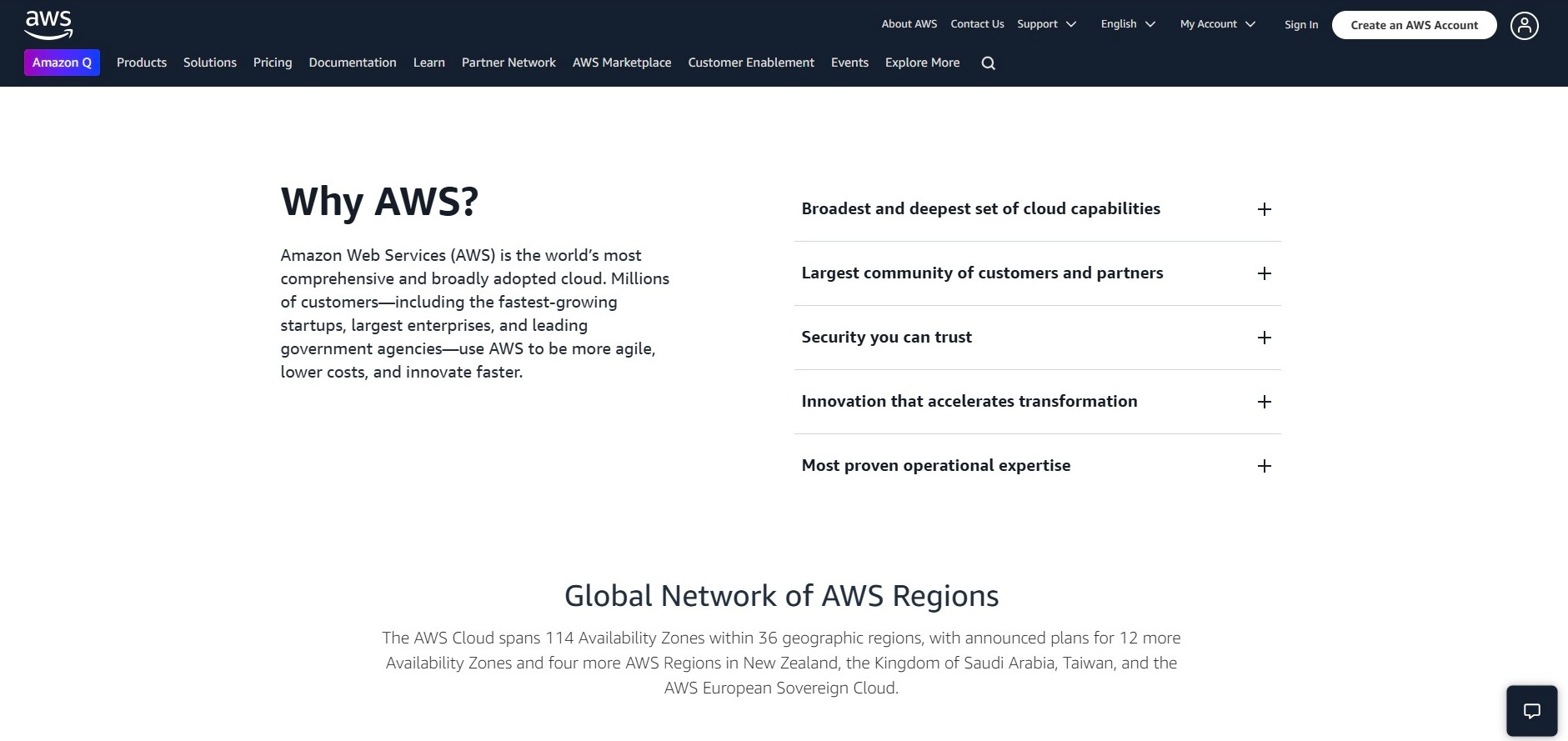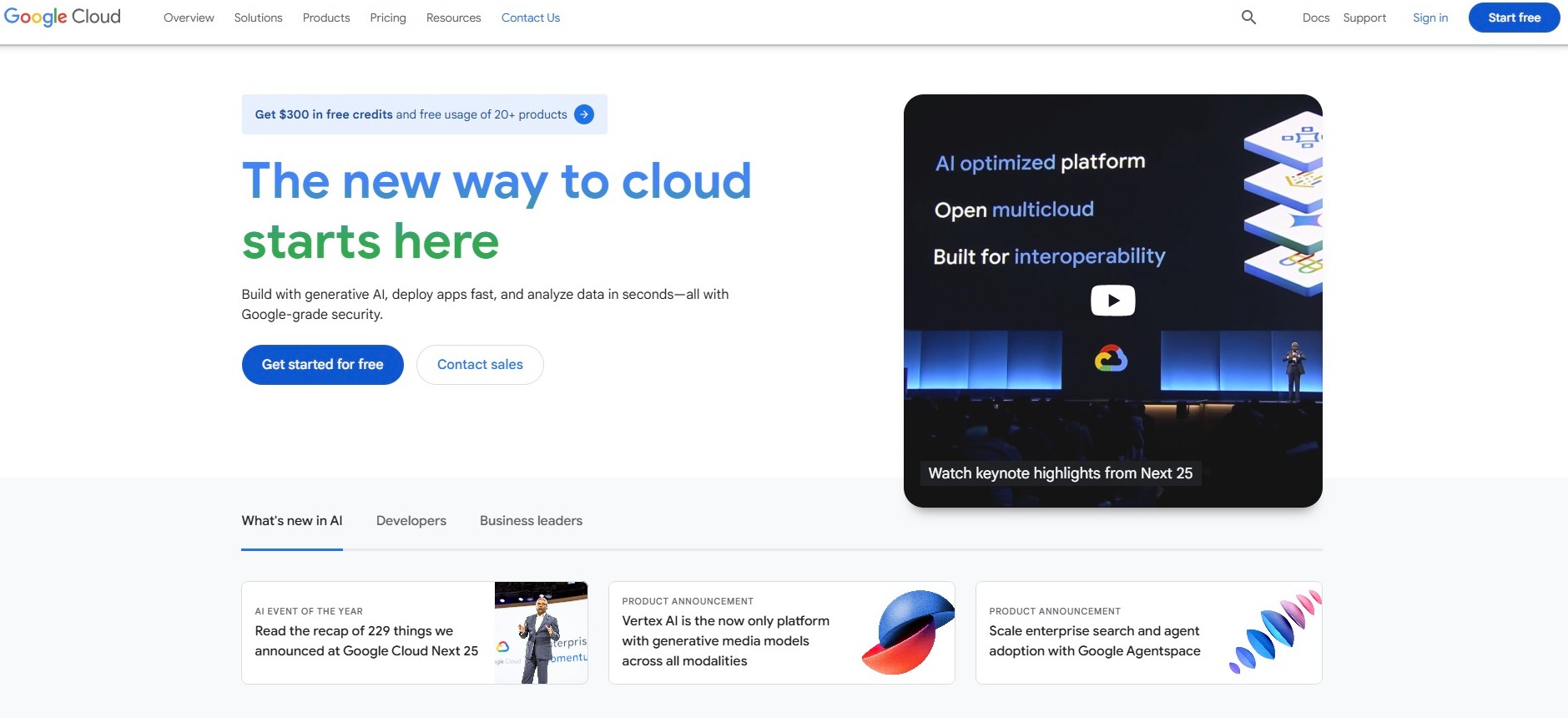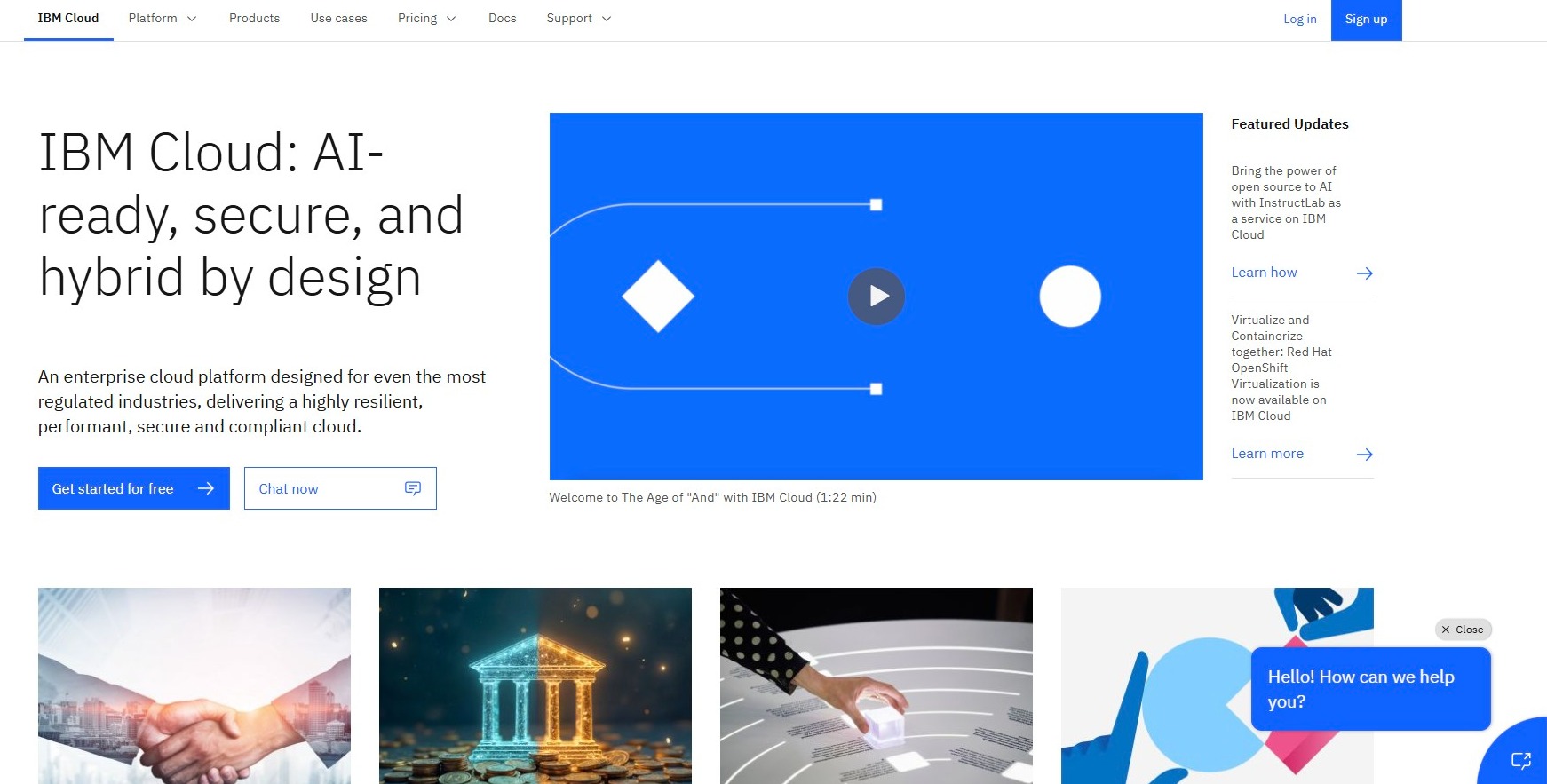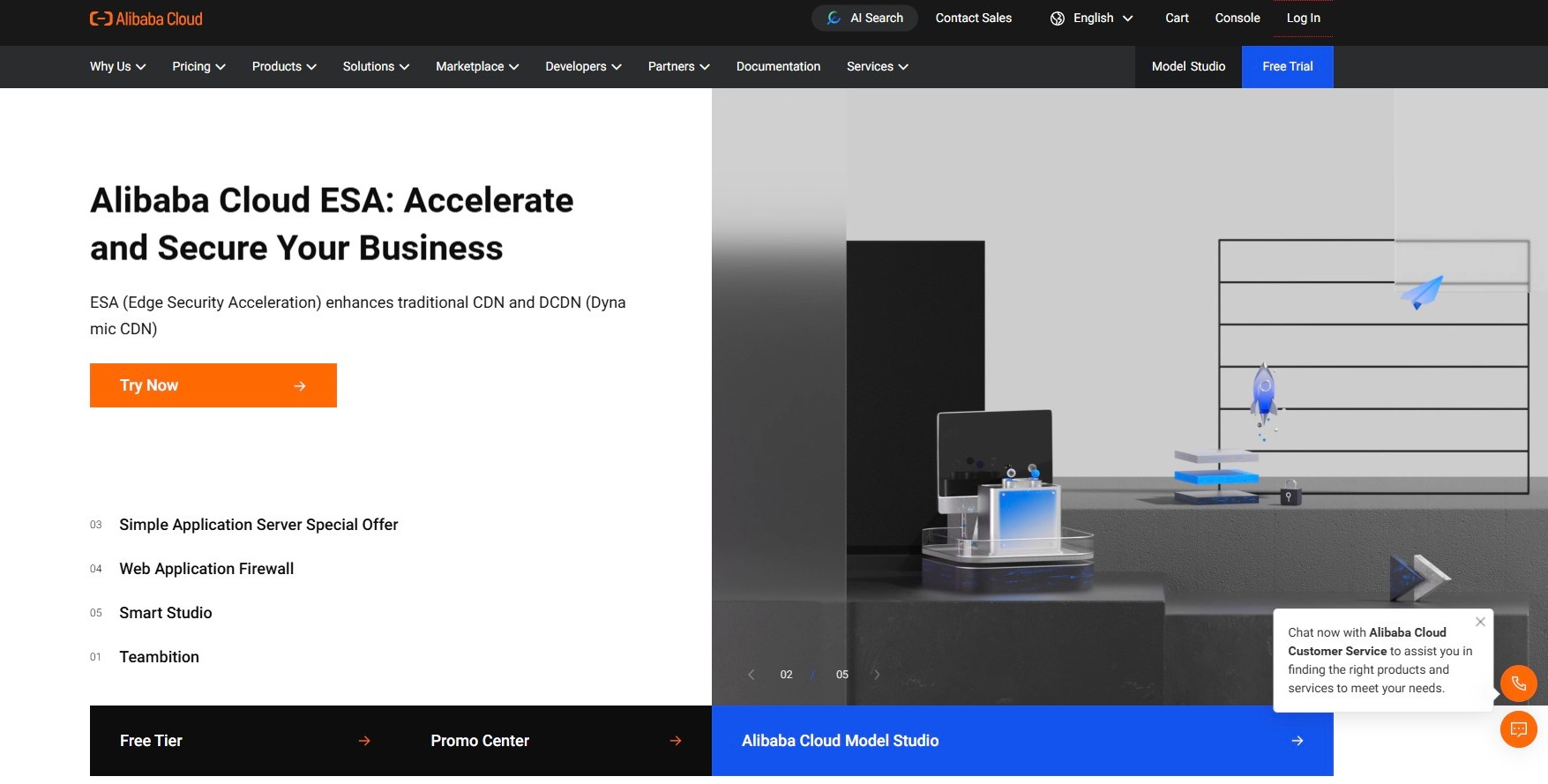Public Cloud: What It Is, Benefits, & How It Powers Modern Businesses
In today’s fast-paced digital landscape, public clouds have become a vital engine powering innovation, scalability, and business agility. Whether you’re a startup launching new applications or a global enterprise modernizing legacy systems, the public cloud offers a flexible and cost-effective way to access advanced computing resources without the burden of maintaining physical infrastructure.
In this blog, we’ll explore what public cloud is, how it works, its pros and cons, a comparison with private and hybrid clouds, and the top public cloud providers leading the market in 2025.
Table of Contents
- What is Public Cloud?
- How Does the Public Cloud Work?
- Key Public Cloud Computing Services
- What Are the Benefits and Drawbacks of Public Cloud?
- Public Cloud vs Private Cloud vs Hybrid Cloud
- Top 5 Public Cloud Providers in 2025
- How Kaopiz Helps Businesses Leverage Public Cloud Solutions
- Conclusion
- FAQs
What is Public Cloud?
Public cloud is a type of cloud computing where resources, such as servers, storage, applications, and development tools, are provided by a third-party vendor over the internet and shared among multiple organizations and individuals. Some public cloud computing resources are available for free, while others are offered through subscription plans or pay-as-you-go pricing models.

The platforms allow companies to leverage cutting-edge technologies, like artificial intelligence, developer tools, big data analytics, and global storage and compute capacity, without the need to invest heavily in physical infrastructure or maintenance. Businesses can scale globally, innovate faster, and focus more on core operations instead of managing IT resources.
Public clouds differ from private clouds, where the computing environment is reserved for a single organization and often managed on-premises or by a dedicated external vendor. For businesses looking to move beyond traditional on-premises architectures, the public cloud offers virtually unlimited scalability, self-service provisioning, and on-demand access to world-class computing resources.
How Does the Public Cloud Work?
The public cloud delivers computing services—such as servers, storage, and applications—over the Internet based on a multi-tenant model, where multiple users securely share infrastructure. Users access resources on demand, often managing them through APIs or infrastructure-as-code tools, and only pay for what they consume.
Here’s a quick overview of how it operates:
- Data Centers: It providers operate large global networks of physical data centers, proactively managing hardware, security, and performance.
- Virtualization: Core to scalability, virtualization allows a single physical server to run multiple virtual machines, each with its environment.
- Resource Pooling: Providers dynamically allocate pooled computing, storage, and networking resources to users based on real-time demand.
- API Integration: Developers use APIs to automate provisioning, integrate advanced capabilities (like machine learning), and manage cloud services efficiently.
- Service Level Agreements (SLAs): Providers guarantee uptime, performance, and reliability through SLAs, ensuring trust and service continuity for customers.
Key Public Cloud Computing Services
Today’s public cloud computing services cover a broad range of solutions that help businesses scale, innovate, and operate more efficiently. Virtually any service that doesn’t require physical proximity to hardware can now be delivered via the cloud.

The three primary cloud service models are:
- Infrastructure as a Service (IaaS):
Provides on-demand access to fundamental computing resources like servers, networking, and storage. Users can manage virtualized infrastructure or, in some cases, access physical hardware through bare-metal services.
(Example: Amazon EC2, Microsoft Azure Virtual Machines)
- Platform as a Service (PaaS):
Offers a complete development and deployment environment, including infrastructure, middleware, and tools, fully managed by the provider. Developers can build and run applications without managing servers or storage.
(Example: Google App Engine, Azure App Services)
- Software as a Service (SaaS):
Delivers cloud-hosted software applications that users access via web browsers or APIs, eliminating the need for installations and updates on local devices.
(Example: Salesforce, Microsoft 365)
Other specialized models include:
- Business-Process-as-a-Service (BPaaS):;
Entire business processes—such as payroll or customer onboarding—are delivered as integrated cloud services.
- Function-as-a-Service (FaaS):
A serverless computing model where application code runs only in response to events, helping businesses scale efficiently without managing server infrastructure.
What Are the Benefits and Drawbacks of Public Cloud?
Before adopting a public cloud computing strategy, it’s important for organizations to understand both its advantages and limitations. Let’s explore the key benefits and potential drawbacks of using the cloud to help you make informed decisions.

Benefits of Public Cloud
The public cloud has become a cornerstone for modern businesses, offering a flexible and scalable environment to support innovation and growth. Here are the key benefits that make it an attractive choice:
- Scalability and Flexibility: Instantly adjust resources to match changing business needs without heavy investments.
- Cost-Efficiency: Pay only for what you use, reducing upfront capital expenses and ongoing maintenance costs.
- Global Reach: Access services and deploy applications worldwide through a network of distributed data centers.
- Access to Innovation: Leverage AI, machine learning, big data, and IoT capabilities offered by major cloud providers.
- High Reliability: Benefit from built-in redundancy, disaster recovery, and uptime guarantees through service-level agreements (SLAs).
Drawbacks of Public Cloud
While the public cloud offers many advantages, it’s important to recognize potential challenges before migrating. Key drawbacks include:
- Security and Compliance Risks: Multi-tenant environments may expose sensitive data to greater security and compliance risks if not properly managed.
- Limited Control: Organizations have less control over the underlying infrastructure compared to private or on-premises solutions.
- Potential Vendor Lock-In: Moving workloads between cloud providers can be complex and costly, making businesses reliant on a single vendor’s ecosystem.
- Hidden Costs: Without careful monitoring, charges for storage, data egress, and additional services can add up unexpectedly over time.
Public Cloud vs Private Cloud vs Hybrid Cloud
Today, nearly everyone recognizes the importance of cloud computing. Whether it’s scalability, rapid provisioning, or resource virtualization, cloud models—Public, Private, and Hybrid—each offer unique advantages depending on business needs.
Here’s a simple breakdown to help differentiate them:
| Feature | Public Cloud | Private Cloud | Hybrid Cloud |
|---|---|---|---|
| Ownership | Operated by third-party providers and shared by users | Dedicated to a single organization | Combination of public and private environments |
| Cost | Pay-as-you-go; lower upfront costs | Higher upfront and ongoing management costs | Moderate; depends on integration and usage patterns |
| Scalability | Highly scalable; near-infinite resources | Limited by in-house infrastructure | Scalable with balance between internal and external |
| Control | Limited user control over infrastructure | Full control over hardware, software, and policies | Control varies depending on architecture |
| Security & Compliance | Shared responsibility; requires strong security practices | Higher security and custom compliance management | High security for sensitive data; flexibility for less critical workloads |
| Typical Use Cases | Startups, SaaS applications, general workloads | Government, finance, healthcare, regulated industries | Enterprises needing flexibility and strong security |
Key takeaway:
- Public Cloud: Best for scalability and cost-efficiency, but with shared infrastructure.
- Private Cloud: Ideal for organizations needing maximum control, security, and compliance.
- Hybrid Cloud: Perfect for businesses wanting flexibility, combining the strengths of both models.
Top 5 Public Cloud Providers in 2025
The demand for public cloud computing continues to surge, driving innovation, agility, and cost savings across industries. As businesses prioritize digital transformation, selecting the right provider becomes a critical strategic decision.
Let’s explore the top 5 public cloud providers shaping the future.
Amazon Web Services (AWS)
AWS remains the undisputed leader in the cloud market in 2025. Launched in 2006, AWS pioneered the cloud services industry and continues to set the benchmark for innovation, scalability, and breadth of offerings.

AWS provides an extensive range of services across compute, storage, networking, machine learning, IoT, analytics, DevOps, and more. It operates the largest global network of data centers (Availability Zones) across multiple regions, ensuring high availability and redundancy for customers worldwide.
Key Strengths of AWS:
- Unmatched Service Portfolio: Over 200 fully featured services for a wide range of industries and use cases.
- Security and Compliance: Robust security measures and certifications to meet enterprise and government requirements.
- Innovation Leadership: Early mover advantage in AI/ML, serverless computing (AWS Lambda), and edge computing (AWS Outposts, Wavelength).
AWS is often the go-to choice for businesses needing reliable, scalable, and comprehensive cloud services, especially for large-scale applications, complex enterprise migrations, and AI-driven innovations.
Microsoft Azure
Microsoft Azure is one of the top contenders in the cloud space, offering a powerful combination of enterprise-grade solutions, hybrid cloud capabilities, and deep integration with Microsoft’s widely used software ecosystem.

Launched in 2010, Azure has rapidly expanded its global presence and is often favored by businesses that already rely on Microsoft tools such as Office 365, Dynamics 365, and Windows Server. Azure supports a wide range of services, including virtual machines, databases, AI and machine learning, IoT, DevOps, and hybrid cloud solutions.
Key Strengths of Microsoft Azure:
- Hybrid Cloud Leadership: Azure Arc and Azure Stack allow seamless integration between on-premises and public cloud environments.
- Enterprise Integration: Deep compatibility with Microsoft enterprise software, making it a natural choice for businesses already in the Microsoft ecosystem.
- AI and Machine Learning Advancements: Azure Machine Learning and Cognitive Services deliver cutting-edge AI capabilities.
Azure is particularly attractive for companies seeking hybrid cloud solutions, strong enterprise application support, and a reliable path toward modernizing their IT infrastructure.
Google Cloud Platform (GCP)
Google Cloud Platform (GCP) has firmly positioned itself as a major player in the public cloud computing market, especially for businesses focusing on big data, machine learning, analytics, and cloud-native application development.

Leveraging Google’s deep expertise in AI, data processing, and global networking, GCP delivers high-performance solutions that power some of the world’s most demanding workloads. It’s widely adopted by companies that prioritize innovation, scalability, and cutting-edge cloud technologies.
Key Strengths of Google Cloud Platform:
- Data and Analytics Leadership: GCP’s BigQuery and Dataflow services are among the most powerful tools for large-scale data analytics and real-time processing.
- AI and Machine Learning Innovation: TensorFlow, Vertex AI, and AutoML make advanced AI accessible to businesses of all sizes.
- Open Source and Kubernetes Leadership: GCP leads Kubernetes (original creators) and strongly supports open-source cloud-native technologies.
GCP is often the top choice for technology-driven companies, startups, and enterprises that prioritize AI-powered innovation, analytics excellence, and cloud-native transformation.
IBM Cloud
IBM Cloud holds a distinctive position in the cloud market by focusing on hybrid cloud, AI, and enterprise-grade solutions, especially for regulated industries like finance, healthcare, and government.

Unlike other major providers that focus heavily on public-only models, IBM emphasizes hybrid cloud architectures that seamlessly blend on-premises, private, and public cloud environments. With the integration of Red Hat OpenShift and leadership in AI (Watson), IBM Cloud offers businesses flexibility, control, and strong compliance capabilities.
Key Strengths of IBM Cloud:
- Hybrid Cloud Expertise: Built around Red Hat OpenShift, IBM Cloud enables enterprises to manage workloads across multiple environments with ease.
- AI Leadership with Watson: IBM Watson services provide powerful AI capabilities, including natural language processing, computer vision, and advanced analytics.
- Industry-Specific Solutions: Tailored cloud solutions for highly regulated sectors like banking, insurance, and healthcare.
- Bare Metal Servers: Offers dedicated bare metal options for businesses needing greater isolation and performance.
IBM Cloud is an excellent choice for enterprises seeking hybrid flexibility, AI-driven insights, and a secure, compliance-ready platform tailored to complex industry needs.
Alibaba Cloud
Alibaba Cloud is Asia’s leading public cloud provider and continues to grow its global footprint in 2025. As part of the Alibaba Group, it initially rose to dominance by powering the world’s largest e-commerce platforms and now offers a full suite of cloud services to businesses across industries.

Alibaba Cloud provides scalable solutions in compute, storage, database services, AI, machine learning, and security, making it a strong competitor not just in China but increasingly in regions like Southeast Asia, Europe, and the Middle East.
Key Strengths of Alibaba Cloud:
- Strong Presence in Asia-Pacific: Alibaba Cloud holds the largest market share in China and is rapidly expanding across emerging markets.
- Comprehensive Service Portfolio: Offers a wide range of services, including Elastic Compute Service (ECS), PolarDB, and advanced security solutions.
- AI and Big Data Focus: Provides robust AI tools, including image recognition, natural language processing, and data analytics platforms.
- Cost-Competitive Pricing: Highly attractive pricing models for businesses looking to scale cost-effectively.
Alibaba Cloud is a top choice for businesses expanding into Asia or looking for a cost-effective, high-performance public cloud platform with strong AI and big data capabilities.
How Kaopiz Helps Businesses Leverage Public Cloud Solutions
As a trusted cloud expert, Kaopiz helps businesses unlock the full potential of cloud computing through scalable, secure, and cost-efficient solutions. From cloud migration to cloud-native development and managed services, we empower companies to optimize operations, accelerate innovation, and future-proof their digital transformation.
Here’s how we support your cloud journey:
- Cloud Implementation: We design and build high-performing, scalable applications tailored for cloud environments. Our expertise spans microservices architecture, containerization (Kubernetes, Docker), and serverless technologies, ensuring your cloud-based systems are modern, agile, and resilient.
- Cloud Migration: Kaopiz enables seamless migration of applications, data, and workloads to leading public cloud platforms such as AWS, Azure, Google Cloud, and Alibaba Cloud. We minimize downtime, optimize infrastructure, and ensure smooth transitions without disrupting business operations.
- Cloud Managed Services: We provide continuous monitoring, maintenance, and optimization of your cloud resources. Kaopiz helps businesses achieve cost-efficiency, peak performance, and robust data protection by proactively managing cloud security, backup, and compliance.
- Cloud DevOps Services: By integrating advanced DevOps practices like CI/CD (Continuous Integration and Continuous Delivery) and AI/ML, we build agile, reliable, and scalable IT environments.
With a deep understanding of public cloud technologies and proven experience across industries, Kaopiz delivers cloud services that drive agility, innovation, and growth, helping businesses succeed in the digital era.
Conclusion
As businesses strive for greater agility, scalability, and innovation, public cloud computing has become an essential foundation for modern digital transformation. Whether you’re looking to migrate existing workloads, build cloud-native applications, or optimize your infrastructure, having the right cloud strategy—and the right partner—is critical to success.
At Kaopiz, we combine deep technical expertise with proven industry experience to help businesses seamlessly leverage the power of the public cloud. From cloud migration and DevOps integration to managed services and AI-driven solutions, we deliver scalable, secure, and future-ready cloud solutions tailored to your needs.
Ready to unlock the full potential of the cloud? Contact Kaopiz today to start your journey to smarter, faster, and more resilient cloud-powered success.
FAQs
How Secure is the Public Cloud?
The public cloud security is high when best practices are followed. Leading cloud providers invest heavily in advanced security measures such as encryption, identity and access management (IAM), network monitoring, and compliance certifications (like ISO 27001, GDPR, HIPAA). However, security is a shared responsibility—the provider secures the infrastructure, while customers are responsible for protecting their applications, data, and access controls.
Can I Migrate My Existing Systems to the Public Cloud Easily?
Yes, migrating existing systems to the public cloud is possible and increasingly streamlined with modern migration tools and services. However, the ease of migration depends on your current IT environment, the complexity of your applications, and your cloud strategy (rehost, replatform, refactor, etc.). Partnering with an experienced cloud migration provider like Kaopiz ensures minimal disruption, proper risk management, and smooth transitions to the cloud.
Is Public Cloud Suitable for Small or Medium-sized Businesses?
Absolutely. The public cloud is ideal for small and medium-sized businesses (SMBs) due to its cost-efficiency, scalability, and flexibility. SMBs can access enterprise-grade technologies, like AI, analytics, and security, without the high costs associated with maintaining on-premises infrastructure. The pay-as-you-go model allows businesses to align cloud spending with their actual usage and growth.




















